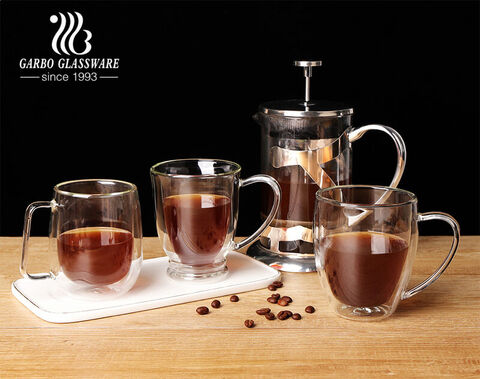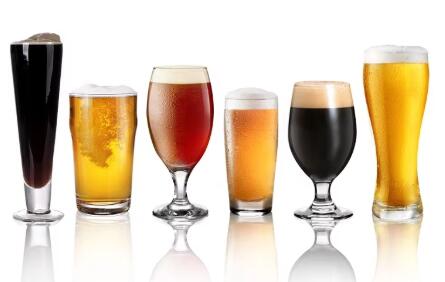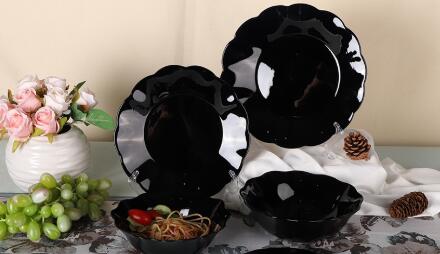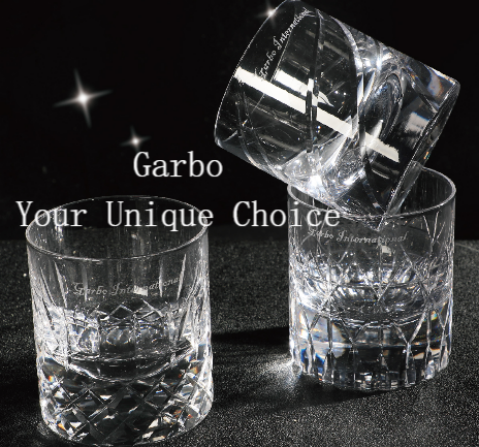The difference between soda lime glass and high borosilicate glass
Pulished on Feb. 20, 2023Glass is a versatile material used in various industries, including manufacturing, construction, and home decor. There are different types of glass, each with unique properties that make them suitable for specific applications. Two common types of glass are soda-lime glass and high borosilicate glass. Garbo glassware is a professional Glassware suplier in China, they are major in glass cup, glass bowl, glass jug, glass candy jar, glass bottle, glass food container and so on items.
For the glassware normally have 2 different types of material which is soda-lime glass and High borosilicate glass, here we would like to explain the difference between the soda lime glass and high borosilicate glass to you.
Soda-Lime Glass
Soda-lime glass is the most common type of glass, accounting for about 90% of all manufactured glass products. It is composed of silica (sand), soda (sodium carbonate), and lime (calcium oxide) with small amounts of other additives. The soda helps to reduce the melting temperature of the mixture, while the lime helps to improve the chemical resistance and durability of the glass.
Soda-lime glass has a relatively low melting point, which makes it easier to manufacture than other types of glass. It is also cheaper to produce than borosilicate glass, which is why it is widely used in the manufacturing of everyday products such as windows, bottles, and tableware. Soda-lime glass is not as resistant to thermal shock as borosilicate glass and is susceptible to cracking when exposed to rapid temperature changes.
High Borosilicate Glass

High borosilicate glass, also known as borosilicate glass 3.3, is a type of glass that contains a higher percentage of boron oxide (at least 5%) than soda-lime glass. It is composed of silica, boron oxide, and smaller amounts of other materials such as alumina, zinc oxide, and potassium oxide. Borosilicate glass has a much higher melting point than soda-lime glass, making it more difficult to manufacture.
Borosilicate glass has superior thermal shock resistance compared to soda-lime glass, making it ideal for applications where the glass will be exposed to rapid temperature changes. For example, it is commonly used in laboratory glassware and cookware because it can withstand sudden changes in temperature without cracking or breaking. Borosilicate glass is also highly resistant to chemical corrosion, making it an excellent material for chemical containers and chemical reaction vessels.
One of the unique properties of borosilicate glass is its low coefficient of thermal expansion. This means that the glass will not expand or contract significantly when exposed to temperature changes. This property makes it possible to create glass products with high precision and accuracy, such as lenses and mirrors for telescopes and cameras.
Comparison between Soda-Lime Glass and High Borosilicate Glass
Melting Point: Soda-lime glass has a lower melting point than borosilicate glass, making it easier and cheaper to manufacture.
Thermal Shock Resistance: Borosilicate glass has superior thermal shock resistance compared to soda-lime glass, making it suitable for applications where the glass will be exposed to sudden temperature changes.
Chemical Resistance: Borosilicate glass is highly resistant to chemical corrosion, while soda-lime glass is not.
Precision: Borosilicate glass has a low coefficient of thermal expansion, making it possible to create glass products with high precision and accuracy.
Cost: Soda-lime glass is cheaper to produce than borosilicate glass.
Applications of Soda-Lime Glass and High Borosilicate Glass
Soda-lime glass is widely used in everyday products such as windows, bottles, and tableware due to its affordability. It is also used in the manufacturing of flat glass, fiberglass, and some types of light bulbs.
Borosilicate glass is commonly used in laboratory glassware, cookware, and chemical containers due to its superior thermal and chemical resistance. It is also used in the manufacturing of high-precision glass products such as lenses, mirrors, and optical fibers.









